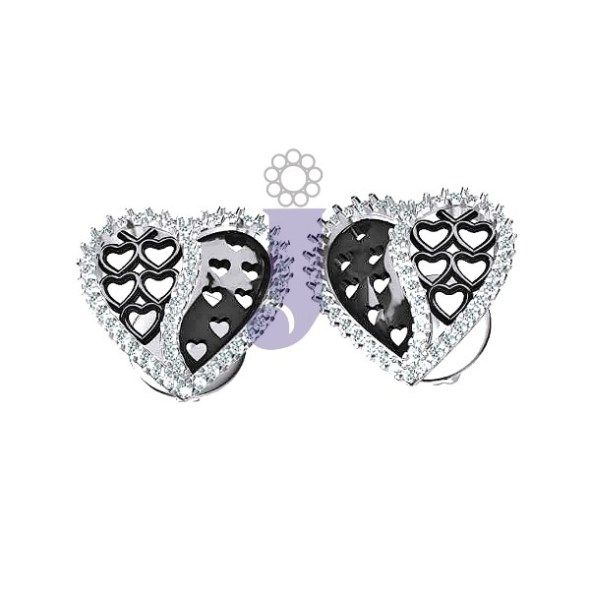 Surpassing all coloured diamond categories, black diamonds or carbonados, have now become THE diamonds of choice in the last decade or so. It must be the mystery within the colour black which makes us curious about this type of diamond. And why shouldn’t we be? After all, it’s a type of diamond too. The theories revolving around black diamond formation has been linked to supernovas.
Surpassing all coloured diamond categories, black diamonds or carbonados, have now become THE diamonds of choice in the last decade or so. It must be the mystery within the colour black which makes us curious about this type of diamond. And why shouldn’t we be? After all, it’s a type of diamond too. The theories revolving around black diamond formation has been linked to supernovas.
If you were to trace your steps back to a decade ago, black diamonds used to come cheap as a lot of collectors and jewelers had little interest in them. Black diamonds were found to have very less clarity, losing their optical properties and luster normally associated with diamonds.
But, with the increase in prices and the chances of affordability of owning a diamond lessening, black diamonds are fairly in demand now.
WHAT MAKES THEM BLACK?
Natural black diamonds get their colour from numerous plate-like inclusions within them which are known to be graphite.
(Inclusions are gaseous or other particles that get trapped in the diamonds during their formation process).
The largest diamond ever discovered was a black carbonado at 3,147 carats.
WHERE ARE THEY FOUND?
Not as rare as natural red, pink or purple diamonds, but natural black diamonds have been found only in alluvial deposits in Brazil and the Central African Republic and are not found in the primary-diamond-producing countries like Russia, Australia, India or Canada. Since they are found in alluvial deposits and not in volcanic pipes, their formation does not take place at great depths beneath the earth’s surface like conventional diamonds.
Although they do not tend to sparkle as much as coloured diamonds, they have grabbed attention of many a celeb like Carmen Electra, Angelina Jolie, Carrie Bradshaw, and Lauren Conrad.
VALUE OF A NATURAL BLACK DIAMOND
Black diamonds are graded differently than colourless diamonds and are not graded by the usual colour scale for fancy coloured diamonds. The scale with which black diamonds are graded takes into account both their size and their colouration.










